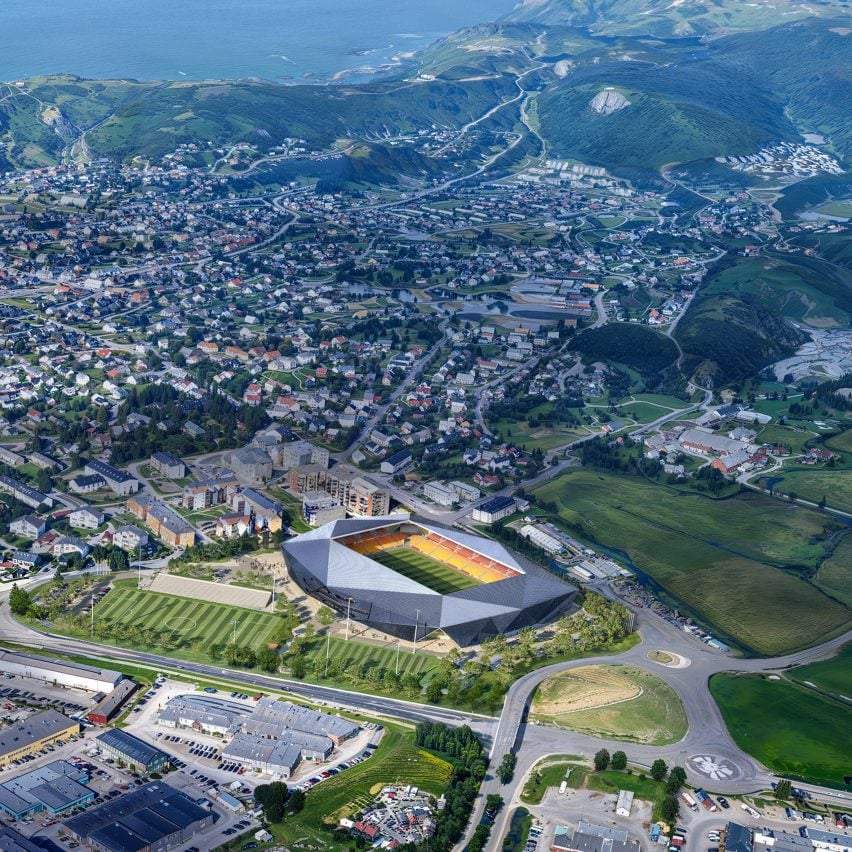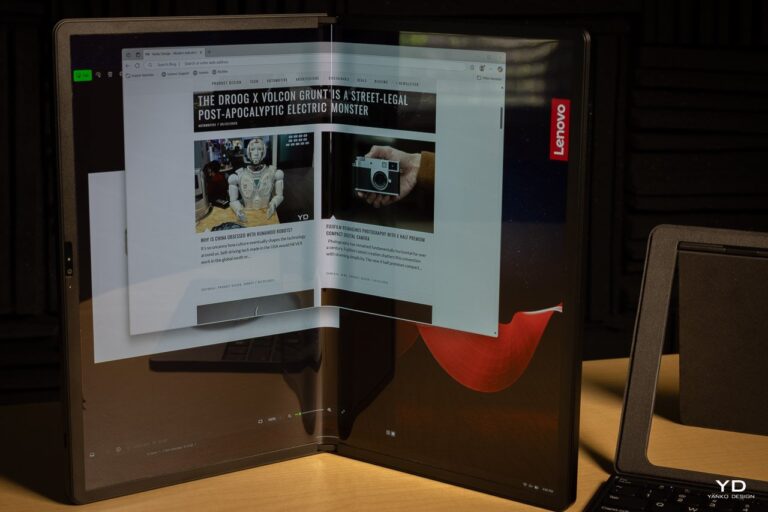The Beginning of the Porsche 959 Journey: From the Track to the Road
Forty years ago, specifically at the 1985 Frankfurt Motor Show, Porsche unveiled an extraordinary road car model named the 959. This car originally started as a pure racing version, developed from the famous 911 model. It was specially designed to compete in the renowned and grueling Group B rally championship — one of the most thrilling motorsport competitions of its time.
Innovation and Challenges in Developing the Porsche 959
The Porsche 959 rally prototype first appeared in 1983, introducing a significant leap in race car design. It featured a lightweight body made of aluminum panels and Kevlar. The car also had hollow magnesium wheels, which greatly reduced the weight. Additionally, the car was equipped with an adjustable suspension system and an advanced all-wheel-drive system. These were specifically designed to enhance performance under the harsh conditions of rally racing.
The Cancellation of Group B and Its Impact on the Porsche 959
However, before the Porsche 959 could officially compete in races, the Fédération Internationale de l’Automobile (FIA) canceled the Group B category. This decision was due to the high risks posed by high-powered cars, combined with unorganized spectators along rally stages. This combination led to tragic accidents.
The 1986 season saw severe losses, with three drivers and three spectators losing their lives, and many others injured. This prompted the termination of this category to ensure safety.
Strategy Shift: From Rally to Endurance Racing and the Road
After the cancellation of the Group B category, Porsche did not abandon the 959 project, but instead took a strategic new direction. The company redesigned the car to suit the famous Paris-Dakar Rally, one of the toughest endurance races. This required special modifications to withstand the harsh race conditions.
Transformation into a Powerful Luxury Road Car
In addition, the 959 was developed into a luxury road car that combined high power with outstanding performance. Thus, making it suitable for daily use and long journeys. Over three years, Porsche produced 292 road versions, divided into two main categories:
- The “Komfort” versions, designed for daily use and comfort.
- The “Sport” versions, featuring higher horsepower and enhanced sporty performance.
In 1993, a limited batch of eight additional cars was produced, completing the model’s legacy in the market.
Porsche 959: A Symbol of Innovation and Art
The Porsche 959 truly represents a unique model that combines engineering innovation and luxury. This is reflected in the “Wondercar” exhibition organized by a group of artists and the London-based creative studio INK.
The “Wondercar” Exhibition: Celebrating the Art and Technology of the Car
The exhibition features works from INK Studio, alongside contributions from artists like Benedict Radcliffe and Chris LaBroy. Photographer Benedict Ridgrove, as well as 3D digital design artists Carlos Piscino (Colorsponge) and Wooden Gun also contribute.
The exhibition highlights all aspects of the Porsche 959. It uses various artistic media such as sculpture, photography, digital and interactive art to reflect the car’s significance as a historic and technological icon in the automotive world.
Mastering Automotive Photography: A Glimpse into the “Wondercar” Exhibition
INK Studio stood out in this exhibition with skill and speed in delivering artistic car photography. They captured the magnificence and elegance of the Porsche 959 through the lens of photographer Benedict Ridgrove.
A Legendary Trilogy through Ridgrove’s Lens
The exhibition focuses on documenting three distinctive historic Porsche 959 cars:
- The first prototype, showing the marks of intense testing and trials.
- The 959 Dakar, bearing racing scars and featuring the iconic Rothmans livery, symbolizing the spirit of adventure and challenge.
- The first prototype of the road version, embodying the luxurious and elegant side of the car.
These images provide a rich visual narrative that highlights the car’s evolution. They also showcase diverse uses across different stages of its history.
Porsche 959’s Achievements in the Paris-Dakar Rally
The Porsche 959 truly lives up to the name “Wondercar,” achieving remarkable success in 1986. It secured first, second, and sixth places in the Paris-Dakar Rally, reflecting its dominance in tough endurance racing.
Exceptional Sporting Performance of the Road Version
The sporty road version of the car stood out with impressive performance. It was capable of accelerating from 0 to 60 miles per hour in just 3.4 seconds—an unprecedented figure in the pre-electric car era. This placed it at the forefront of high-performance vehicles.
Porsche 959: An Icon of Superclassic Cars
Today, the 959 is considered one of the most sought-after classic cars and is ranked among the first “Hypercars.” Its auction prices often exceed two million dollars. Moreover, its influence remains evident in the design and performance of the modern Porsche 911 Dakar model. This affirms its lasting legacy in the world of luxury and sports cars.
INK Studio’s Creativity and Diverse Works
INK Studio’s work is not limited to automotive photography; rather, this field provides a broad space for artistic creativity and innovation. Among its most notable recent projects are the monograph “Automotive Type D” and the “Plain Body” series. These projects reimagine cars with a unique and innovative artistic style.
Collaborations with Global Brands
Moreover, the studio’s influence extends to partnerships with leading brands such as Polestar, Aston Martin Formula 1, Hermès, Honda, and Mercedes-Benz. Their collaboration with NASA also reflects the diversity of their expertise. It demonstrates their ability to adapt to various artistic and technical fields.







